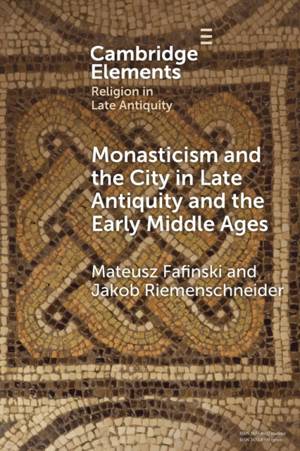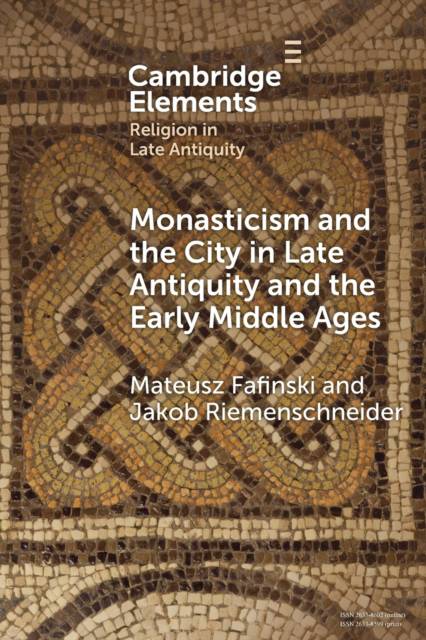
- Afhalen na 1 uur in een winkel met voorraad
- Gratis thuislevering in België vanaf € 30
- Ruim aanbod met 7 miljoen producten
- Afhalen na 1 uur in een winkel met voorraad
- Gratis thuislevering in België vanaf € 30
- Ruim aanbod met 7 miljoen producten
Zoeken
Monasticism and the City in Late Antiquity and the Early Middle Ages
Mateusz Fafinski, Jakob Riemenschneider
€ 33,45
+ 66 punten
Omschrijving
This Element will reevaluate the relationship between monasticism and the city in late antiquity and the early Middle Ages in the period 400 to 700 in both post-Roman West and the eastern Mediterranean, putting both of those areas in conversation. Building on recent scholarship on the nature of late antique urbanism, the authors can observe that the links between late antique Christian thought and the late and post-Roman urban space were far more relevant to the everyday practice of monasticism than previously thought. By comparing Latin, Greek and Syriac sources from a broad geographical area, the authors gain a birds' eye view on the enduring importance of urbanism in a late and post-Roman monastic world.
Specificaties
Betrokkenen
- Auteur(s):
- Uitgeverij:
Inhoud
- Aantal bladzijden:
- 96
- Taal:
- Engels
- Reeks:
Eigenschappen
- Productcode (EAN):
- 9781108984485
- Verschijningsdatum:
- 18/05/2023
- Uitvoering:
- Paperback
- Formaat:
- Trade paperback (VS)
- Afmetingen:
- 152 mm x 229 mm
- Gewicht:
- 140 g

Alleen bij Standaard Boekhandel
+ 66 punten op je klantenkaart van Standaard Boekhandel
Beoordelingen
We publiceren alleen reviews die voldoen aan de voorwaarden voor reviews. Bekijk onze voorwaarden voor reviews.








